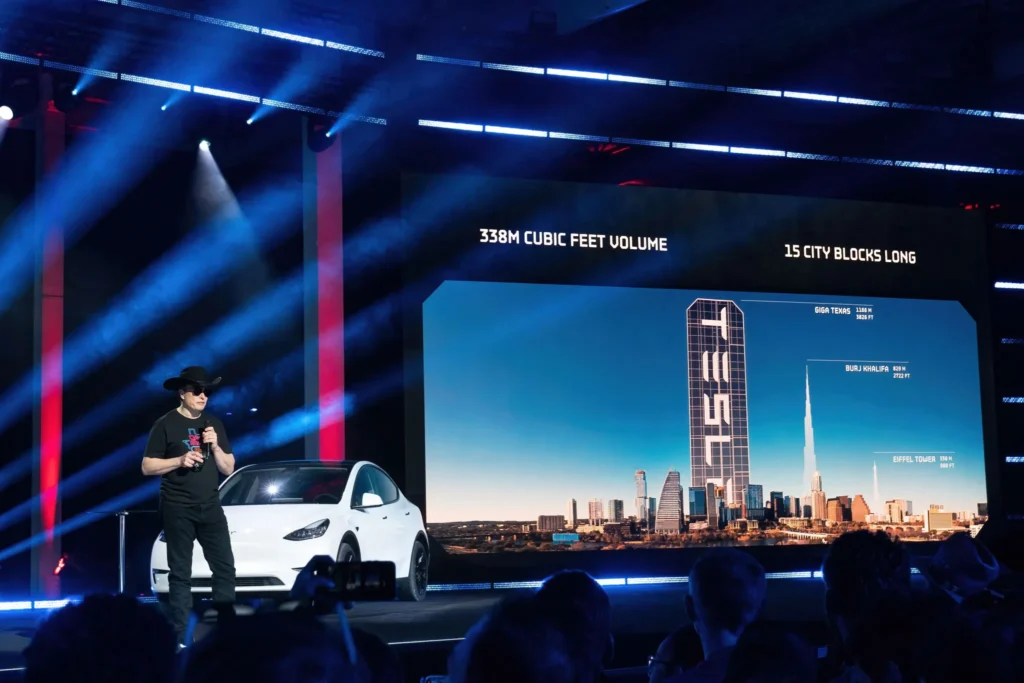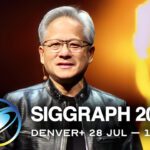Tesla’s Dojo: The AI Supercomputer Powering the Future of Self-Driving
Elon Musk’s Dojo, Tesla’s custom-built AI supercomputer, is key to the company’s ambitious goal of achieving full self-driving capabilities. With Tesla’s AI team doubling down on Dojo, the supercomputer is designed to train its “Full Self-Driving” (FSD) neural networks, aiming to bring a robotaxi to market by October.
Tesla’s Vision-Only Approach
Unlike other autonomous vehicle technologies that rely on a mix of sensors, Tesla focuses on using cameras alone to gather visual data, which is then processed by advanced neural networks. This approach requires massive amounts of driving data to train the AI, where Dojo comes into play, handling vast simulations to improve Tesla’s FSD system.

Why Dojo Matters
Dojo aims to increase bandwidth and decrease latencies compared to traditional systems, leveraging Tesla’s proprietary D1 chips optimized for AI workloads. This supercomputer will help Tesla store and process the data needed to achieve human-level driving capabilities. It is part of Tesla’s strategy to reduce reliance on expensive Nvidia chips and scale its AI training efficiently.
The Future of Dojo
Tesla’s investment in Dojo could revolutionize its AI training capabilities and open new revenue streams, such as robotaxis and software services. The company envisions future versions of Dojo tailored for general-purpose AI training, potentially making Tesla a competitor to cloud computing giants. However, achieving these goals will require significant advancements in chip production and AI software integration.
Dojo is a critical piece of Tesla’s puzzle to become a leader in autonomous driving and AI technology. While the journey is fraught with challenges, the potential rewards make Dojo a high-stakes bet for Tesla’s future.










